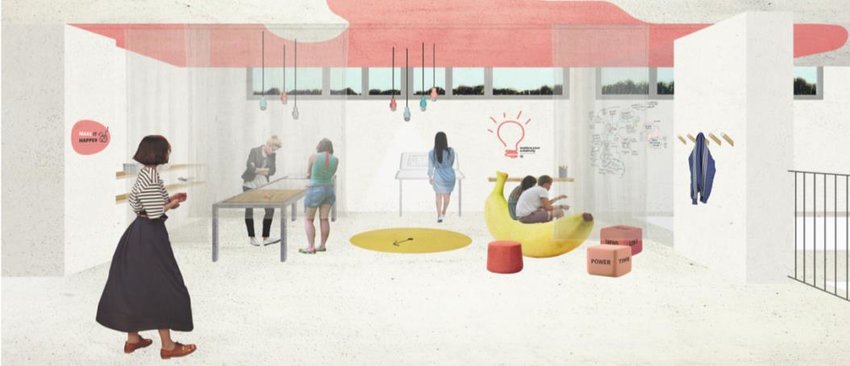(MULTI-FUNCTIONAL SPACE)
AUTHOR- MAITRI SAVANI (61)
HEMADRI MAKWANA(42)
“As an architect, you design for the present, with an awareness of the past, for a future which is essentially unknown.”
-NORMAN FOSTER
Multi-functional spaces integrate different uses in time and space, as opposed to mixed-use developments that compartmentalize these functions within a community or landscape. Because these spaces offer a diversity of uses in one location, they can contribute to a community’s vitality. They can also serve as incubators for innovative ideas, knowledge exchange, shared experience, and experimentation, as they appeal to diverse community members, including activists, artists, academics, and social entrepreneurs. In the future, this group of diverse communities can serve as a springboard for innovative thinking and collaboration across traditional boundaries.


FIGURE1: Need of urban multifunctional spaces for the over growing urban population
Do spaces function differently during the day, noon, and night? Maybe. As urban populations increase and land is becoming scarcer, maximizing the use of space available seems to be the best option. The multifunctional space can be described as a real integration of different functions at different times in the same location. The versatility of urban spaces can contribute to the vitality of shaping urban growth by creating places that have multiple uses. As a result, these spaces appeal to different communities, such as activists, academicians, entrepreneurs, etc. allowing for new exchanges of ideas, knowledge, and experiences.
CASE STUDY
Asia Culture Centre
Location – Gwangju, South Korea
Architect – Kyu Sung Woo Architects
Type – Multifunctional Centre
Year – 2015

The Asia Culture Center (ACC) is located in Gwangju, the historic site of the May 18 uprising that led to Korean democracy. In its entirety, the project is conceived as a memorial and public park seamlessly woven into the fabric of the city, with museums, exhibition spaces, libraries, theaters, gardens, research centers, and development centers acting in unison. Several spots in the culture center take advantage of natural light to be energy-efficient and break out into nature. As a green buffer within the city, the roof is curated as a ‘green roof’ to maintain comfort.

IN LIGHT OF CURRENT CRISES LIKE PANDEMICS, FUTURE CALLS MUST ALSO BE CONSIDERED.
We have witnessed a recent change in working environments as a result of the Covid-19 situation. Instead of simply creating something raw, WFH (Working from Home) has led to architects trying to maximize space efficiency so that sites can serve multiple purposes. Living rooms or bedrooms can now be used as offices. Online meetings, for instance, could benefit from multipurpose surfaces with improved acoustic.

NEED OF URBAN MULTIFUNCTIONAL SPACES FOR THE OVER GROWING URBAN POPULATION
Multiple functions each serving in various circumstances in numerous ways are becoming increasingly appealing, accepted, and appreciated from the tiniest of furniture details to the largest of public urban interventions created with this versatility approach that contribute to creating vibrant, useful, and safe neighborhoods 24*7.
BIBLIOGRAPHY
https://www.crcresearch.org/solutions-agenda/multi-functional-spaces
Leave a comment